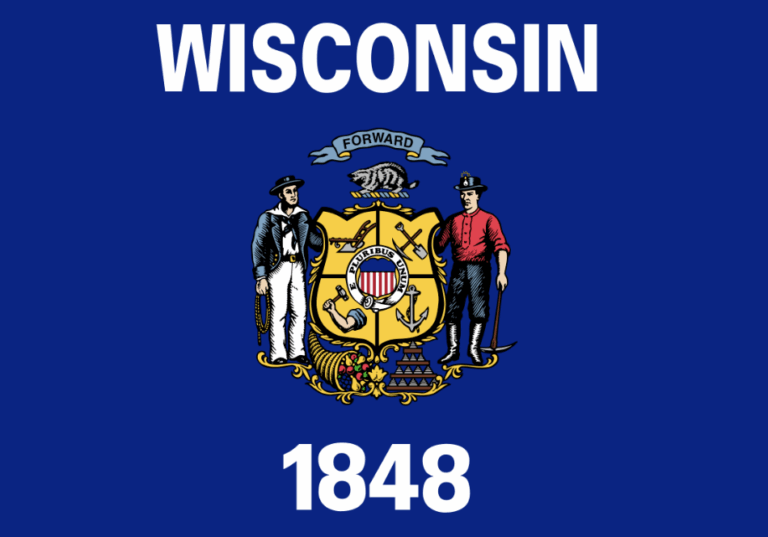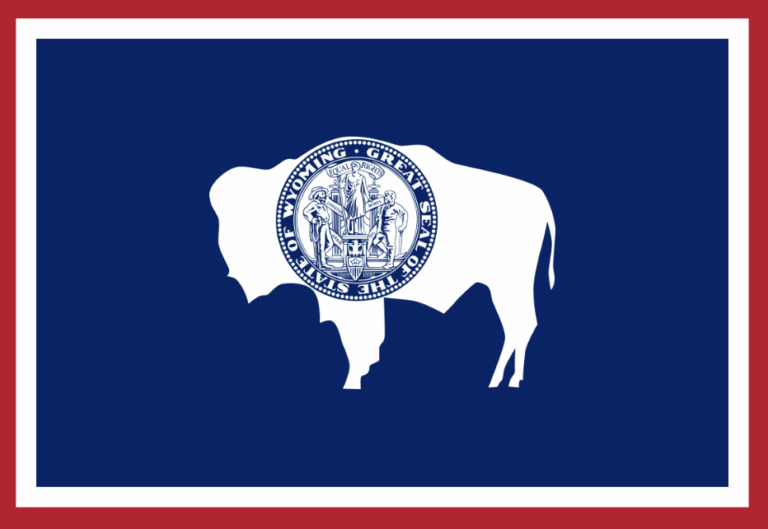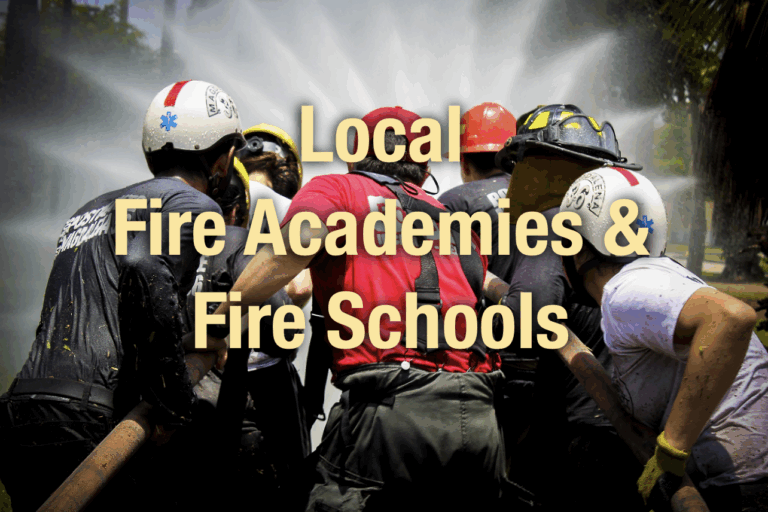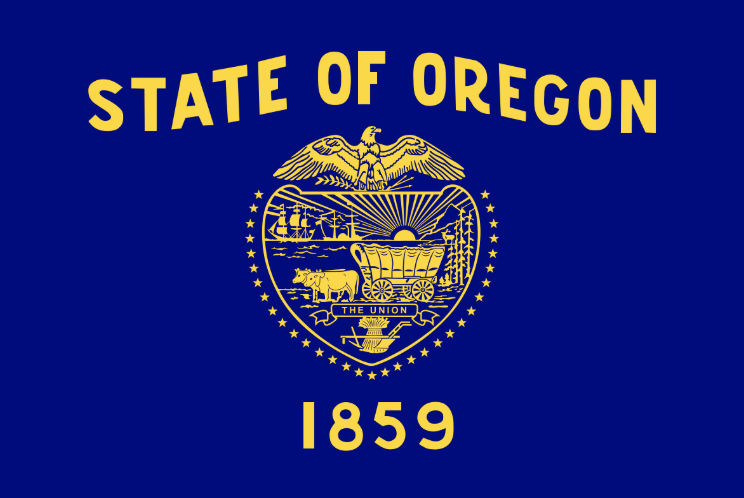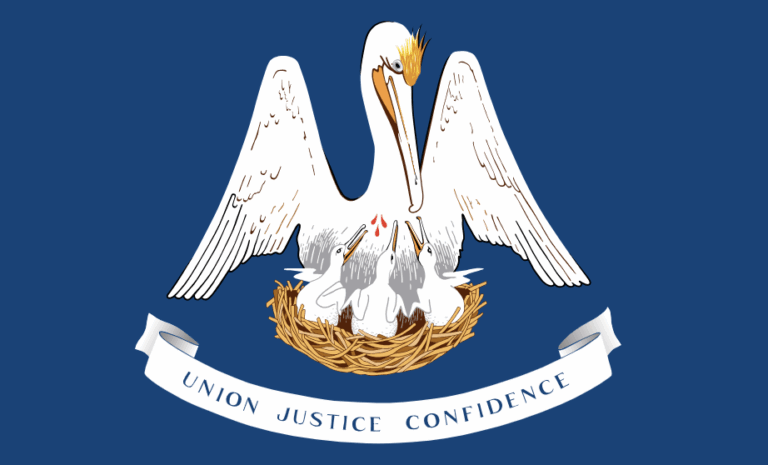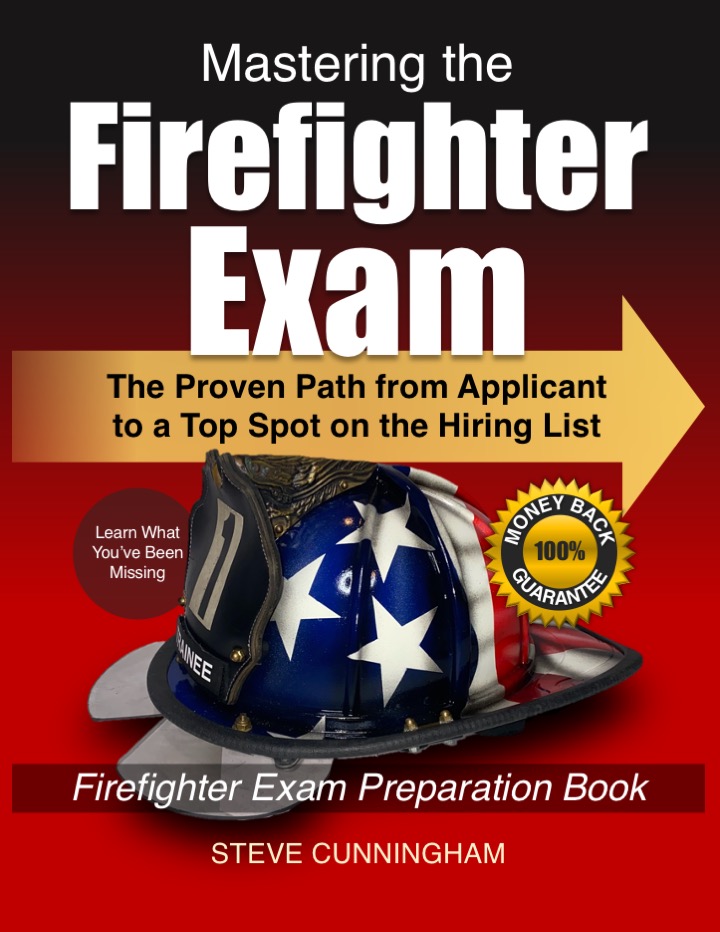Firefighter Insights: A Guide for Aspiring Firefighters
Your Journey to Become a Firefighter
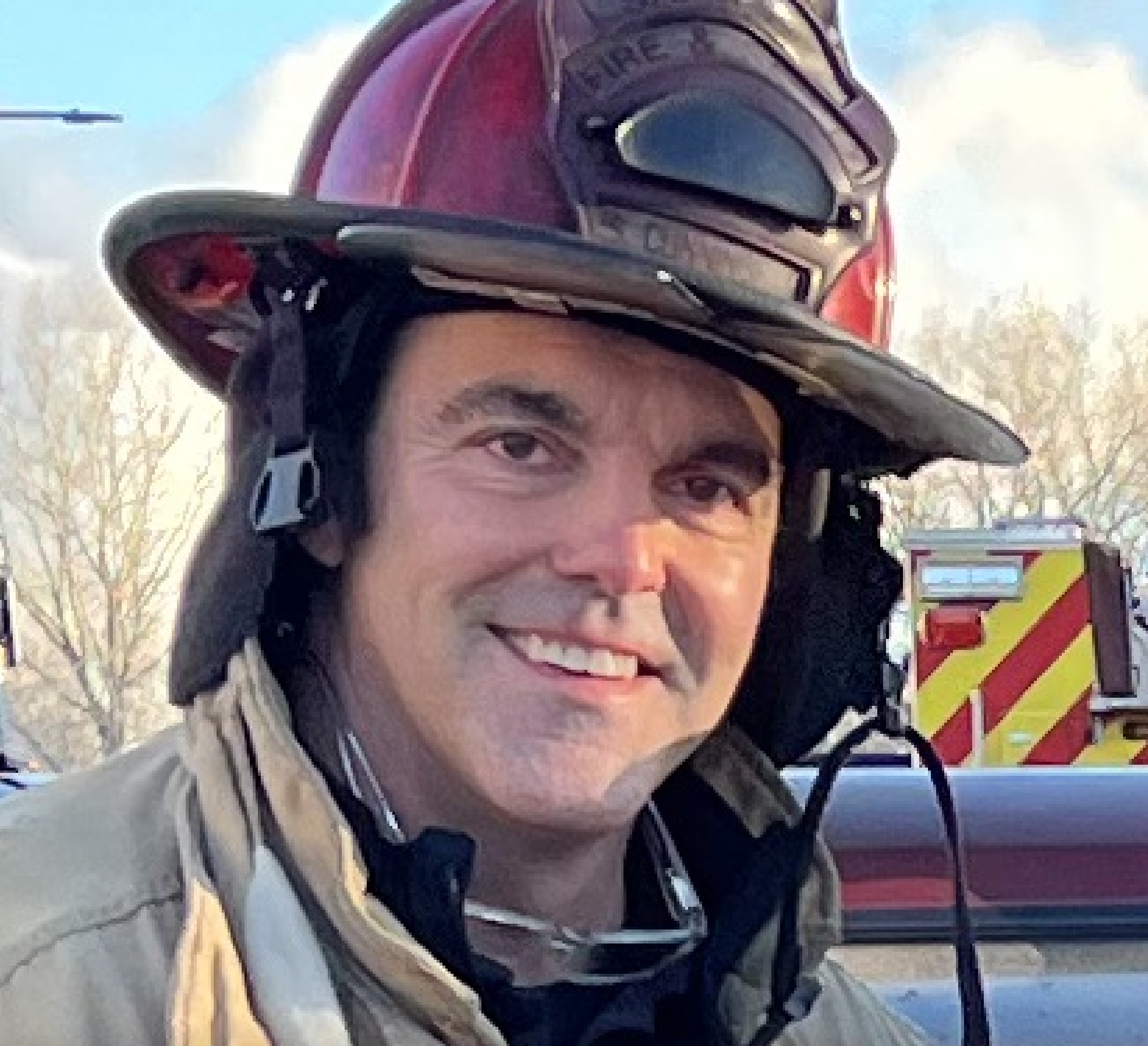
About This Blog
Hi, I'm Steve, a firefighter and captain with three decades of experience. I founded TheFirehousePress.com and authored 'Mastering the Firefighter Exam.' The firefighting path is unclear, so I launched this blog to guide aspiring firefighters. If you're here, you probably share my passion. Please explore my blog, and I hope you find what you're looking for.

Trending
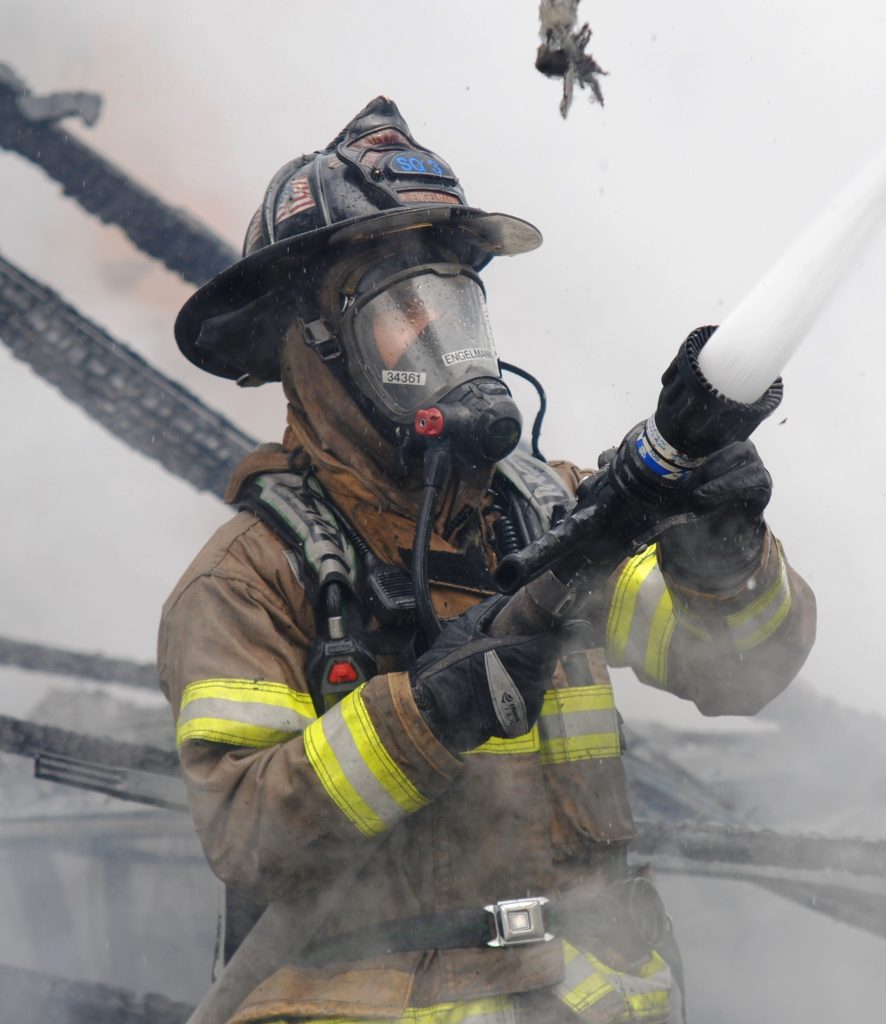
Full-Time Firefighter
Discover the essential steps to pursue a rewarding career as a full-time firefighter.
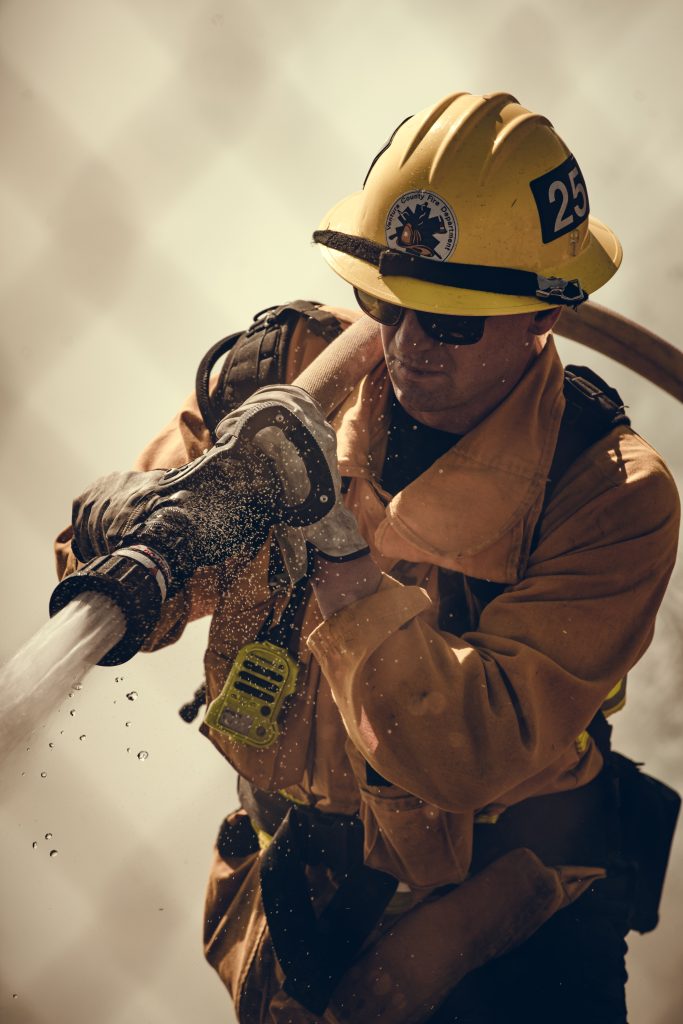
Volunteer Firefighter
Explore the pathway to becoming a volunteer firefighter and serving your community.
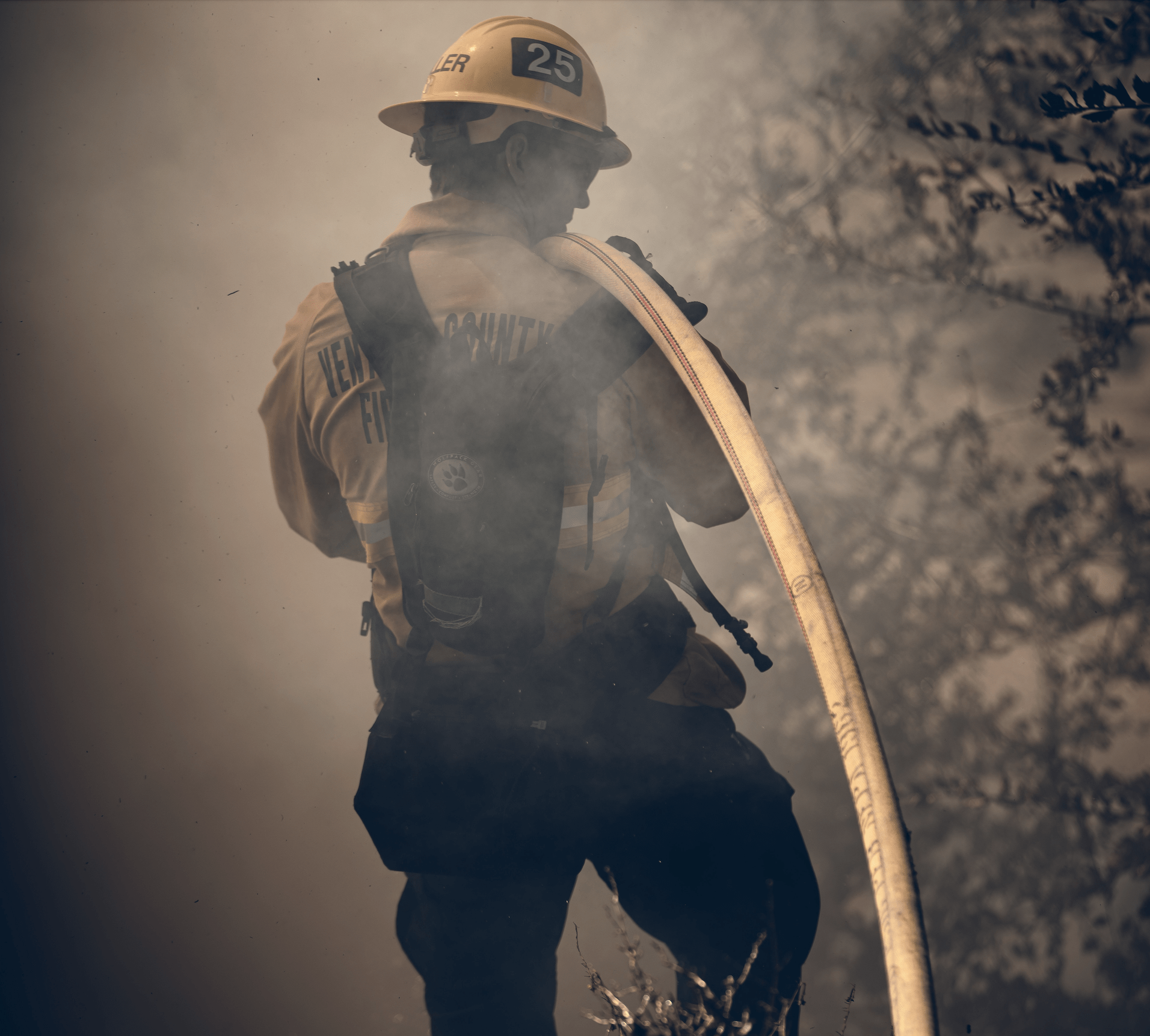
Wild-Land Firefighter
Explore becoming a wildland firefighter, and mastering nature's fire front.
Premier Online Written Exam Preparation
For comprehensive and innovative preparation, Firefighter-Test.com stands out as a leading platform. Their offerings include:
- Full-Length Practice Exams: Timed tests that replicate the actual exam environment, enhancing your time management skills.
- Extensive Question Bank: Hundreds of practice questions covering critical areas such as reading comprehension, mathematics, mechanical reasoning, and situational judgment.
- Detailed Answer Explanations: In-depth explanations for each question to ensure a thorough understanding of the concepts.
- Performance Analytics: Track your progress and identify areas needing improvement through detailed performance charts and statistics.
By utilizing Firefighter-Test.com, you can build the confidence and knowledge necessary to pass your exam on the first attempt.
The best firefighter exam prep gear, tests and resources

Physical Test Prep
Get ready to ace your firefighter physical test with our specialized prep materials and gear.

Written Test Prep
Prepare effectively with our specialized firefighter written exam prep materials.

Interview Prep
Prepare confidently for your firefighter oral interview with our expertly crafted prep materials.
Frequently Asked Questions
Age: Typically, you must be at least 18 to 21 years old, depending on the department’s policy.
Education: A high school diploma or equivalent (such as a GED) is usually required. Some departments may prefer candidates with college degrees or specific coursework in fire science.
Driver’s License: You’ll usually need a valid driver’s license, and a clean driving record may be required.
Firefighter Certification: Some departments require candidates to have a Firefighter I and II certification, which can be obtained through training programs.
EMT Certification: Many firefighters are also Emergency Medical Technicians (EMTs) or Paramedics. This certification may be required or preferred.
The firefighter hiring process can vary slightly between different fire departments, but here are the typical steps involved:
1. Application Submission: Candidates begin by applying during the designated application period. The application typically includes personal information, education, work history, and relevant certifications.
2. Initial Screening: The fire department’s HR team or a designated committee reviews the applications to ensure candidates meet the minimum qualifications. Those who don’t meet the requirements are usually disqualified at this stage.
3. Written Examination: Candidates who pass the initial screening are invited to take a written examination. This test assesses their knowledge of firefighting principles, procedures, and relevant regulations. It often includes multiple-choice questions and may vary in format.
4. Physical Agility Test: Successful candidates from the written examination proceed to the physical agility test. This evaluates candidates’ physical fitness and ability to perform essential firefighting tasks. Tasks may include ladder climbs, hose drags, equipment carries, and simulated rescues.
5. Oral Interview: Candidates who perform well in the physical agility test are usually invited to an oral interview. A panel of interviewers asks questions to assess candidates’ communication skills, problem-solving abilities, and suitability for the firefighting team. Questions often include situational scenarios and ethical dilemmas.
6. Background Investigation: A thorough background check is conducted on candidates to examine their criminal history, employment history, and references. This helps ensure their trustworthiness and suitability for the role.
7. Medical Examination: Candidates undergo a comprehensive medical examination to ensure they meet firefighting’s physical and health requirements. This includes tests of vision, hearing, and overall health.
8. Psychological Evaluation: Some departments require candidates to undergo psychological assessments to evaluate their mental fitness and suitability for the high-stress environment of firefighting.
9. Driver’s Record Check: Candidates may need to provide a clean driving record to demonstrate their ability to operate emergency vehicles safely.
10. Drug Screening: Many fire departments require candidates to undergo drug testing to ensure a drug-free workplace.
11. Conditional Offer of Employment: Candidates who pass all the assessments may receive a conditional offer of employment, contingent on completing additional requirements, such as training.
12. Training Academy: Successful candidates typically attend a firefighter training academy, receiving intensive training on firefighting techniques, equipment operation, emergency response, and other essential skills.
13. Probationary Period: After completing the academy, new firefighters often enter a probationary period during which their performance and conduct are closely monitored. This period can last several months to a year.
14. Full-Time Employment: Upon successfully completing the probationary period, candidates become full-time firefighters and are integrated into the fire department as regular team members.
It’s important to note that the specific requirements and steps can vary depending on the fire department and region. Candidates should carefully review the hiring process details provided by the specific department they are applying to.
The salary range for full-time firefighters can vary significantly based on factors such as location, years of experience, rank, and the size of the fire department. However, I can provide a general overview of the expected salary range for full-time firefighters in the United States as of my last knowledge update in September 2021.
Entry-Level Firefighters: In many parts of the United States, entry-level firefighters can expect an annual salary range of approximately $30,000 to $60,000 or more. This can vary considerably based on the cost of living in the region.
Experienced Firefighters: Their salaries typically increase as firefighters gain experience and move up in rank. Experienced firefighters with several years of service may earn salaries from $50,000 to $90,000 or more.
Lieutenants and Captains: Firefighters who advance to higher ranks, such as lieutenants and captains, often earn higher salaries. The salary range for these positions may vary widely but can generally fall between $60,000 to $100,000 or more.
Battalion Chiefs and Above: Officers in higher positions, such as battalion chiefs and fire chiefs, usually earn the highest salaries in a fire department. Their annual salaries can range from $80,000 to well over $150,000, depending on the department’s size and location.
It’s important to note that these figures are approximate and can vary significantly based on the specific region and local government budgets. Some urban areas with a higher cost of living may offer higher salaries to compensate for the increased expenses.
Additionally, many full-time firefighters receive additional compensation for overtime, hazardous duty pay, and benefits such as healthcare, retirement plans, and educational incentives. These factors can impact the overall compensation package for firefighters.
For the most up-to-date and accurate salary information for full-time firefighters in a specific area, it’s recommended to check with the relevant fire department or local government agency. Salaries can also change over time due to labor negotiations and budgetary considerations.
Research Requirements and Prerequisites: Begin by researching the requirements and prerequisites for becoming a firefighter in your desired location or with a particular fire department. These requirements can vary significantly from one region to another.
Educational Background: Ensure you meet the educational requirements, usually a high school diploma or equivalent (such as a GED). Some departments may prefer candidates with additional coursework in fire science or related fields.
Physical Fitness: Assess your physical fitness and readiness. Firefighting is physically demanding, so being in good shape is essential. Consider starting or maintaining a regular fitness regimen to prepare for physical agility tests.
Driver’s License: Ensure you have a valid driver’s license. A clean driving record is often required since firefighters may need to operate emergency vehicles.
Emergency Medical Training (EMT): Consider obtaining Emergency Medical Technician (EMT) certification, a valuable qualification for many firefighting positions. Some departments require EMT certification, while others consider it a vital asset.
Research Fire Departments: Identify fire departments you’re interested in applying to and research their specific hiring processes, application deadlines, and any additional requirements. Many fire departments post recruitment information on their websites.
Prepare a Resume: Create a resume highlighting your relevant skills, certifications, education, and any volunteer or work experience related to firefighting or emergency services.
Application Submission: When a fire department announces an opening or recruitment drive, submit your application during the designated application period. Ensure that you include all required documents and information.
It’s essential to stay informed about the specific requirements and hiring processes of the fire department you’re interested in, as these can vary widely. Additionally, maintaining physical fitness and continually improving your skills and knowledge in firefighting and emergency response will increase your chances of success in this competitive field.
Learn How To Become a Full-Time Firefighter
Mastering the Firefighter Exam is a complete guide on how to pass the firefighter exam with a top score. It simplifies the complicated hiring practices of big city fire departments and reveals insider information most candidates don’t know about.
- Find Out Why Some Candidates Perform Better Than Others
- Get Real Answers About the Fire Department Hiring Process
- Discover Easy-To-Follow Steps Without Complicated Jargon
- Use The Helpful Worksheets to Plot & Plan Your Progress
- Uncover The Knowledge and Power to Get Your Dream Job

